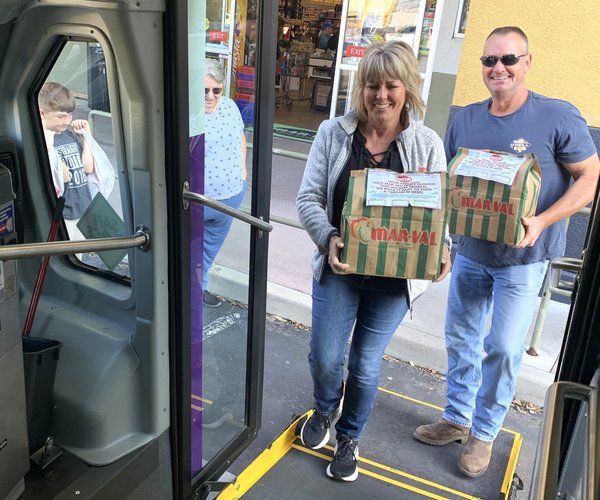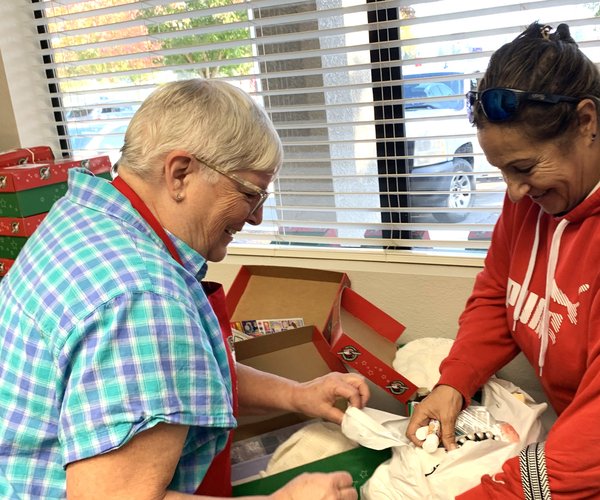For wild mushroom lovers, California’s rainy season is the most wonderful time of the year. After a rainy spell, foragers can find these delicacies in abundance. However, California Poison Control System (CPCS) warns that eating the wrong wild mushrooms can cause serious illness or even death.
Hundreds of cases of wild mushroom poisonings are reported to CPCS every year. Most cause severe illness, but fatalities have occurred. The most serious illnesses and deaths have been linked to mushrooms that cause liver damage. Among these are Amanita phalloides (“death cap”) mushrooms and Amanita ocreata (“destroying angel”) mushrooms, which are found abundantly throughout California.
“Wild mushrooms can be a delicious treat or a poisonous danger, but it’s always a risk to eat mushrooms that you or others have foraged,” said Dr. Rais Vohra, Medical Director for the Fresno/Madera Division of CPCS. “It’s also important to be aware of myths about wild mushrooms and know the facts.”
Seven Wild Mushroom Myths vs. Facts
Myth: Poisonous mushrooms are brightly colored.
Fact: Absolutely not. Poisonous mushrooms often look just like edible mushrooms. In fact, “death cap” mushrooms typically range from a greenish or yellowish tinted cap, to a brown, or tan one.
Myth: White mushrooms are not a worry and safe to eat.
Fact: Big mistake. Like the above myth, color is not a reliable indicator of whether it is safe to eat or not. One of the most toxic mushrooms, “destroying angel”, is pure white.
Myth: Poisonous mushrooms taste bad.
Fact: Not true. Highly toxic mushrooms can actually taste quite pleasant. What’s more, a bite or two can be enough to poison you, making you violently ill or even causing death.
Myth: Cooking wild mushrooms will destroy any poison.
Fact: Wrong. Many toxins don’t break down when heated or frozen, so cooking them does not remove or inactivate toxins.
Myth: Cook wild mushrooms with a silver spoon; if the mushrooms are toxic the spoon will turn black or tarnish.
Fact: False. Poisonous mushrooms don’t contain any compounds that will react with silver.
Myth: If animals eat the mushrooms, they’re safe for humans, too.
Fact: Very misleading. Animals have different bodily and metabolic processes than humans, so they may be able to tolerate mushrooms that could be toxic to us.
Myth: Touching a poisonous mushroom can be harmful.
Fact: Nope. The only way to be poisoned by a mushroom is to eat it. But it’s still a good idea to wash your hands after handling mushrooms to remove any residual toxins still on them.
Since it’s very easy to mistake a poisonous mushroom for one that’s edible, the safest way to ensure that mushrooms are harmless is to purchase cultivated ones from a reputable food store.
Mushroom Poisoning Symptoms
Symptoms typically develop six to 12 hours after eating. Serious symptoms do not always occur immediately after eating and can sometimes surface days or weeks later. Symptoms of mushroom poisoning range from mild to serious, depending on the amount consumed. The symptoms can include: abdominal pain, cramping, diarrhea, nausea, vomiting, organ failure, including liver damage. Death due to eating wild mushrooms is uncommon, but it does occur.
To learn more about wild mushrooms, visit the CPCS website. If you think you or someone else has eaten a wild poisonous mushroom, contact CPCS immediately at 1-800-222-1222 for guidance and assistance.
Trained pharmacists, nurses and other providers are available to help 24 hours a day, seven days a week. The service is free, confidential and interpreters are available. CPCS is part of the University of California San Francisco School of Pharmacy and is responsible to the California Emergency Medical Services Authority.





